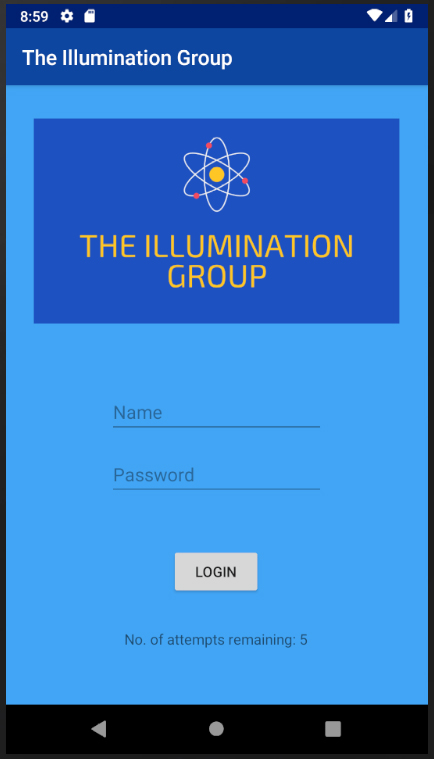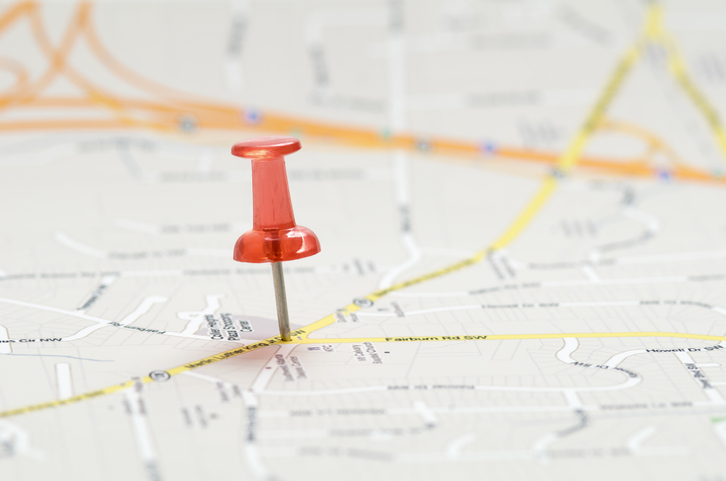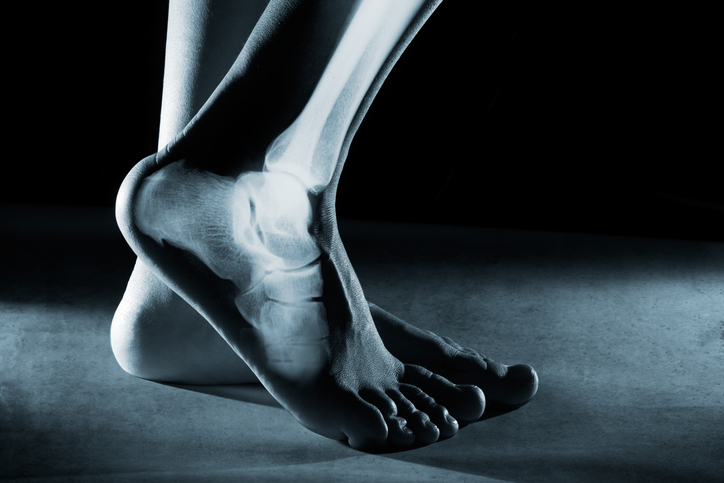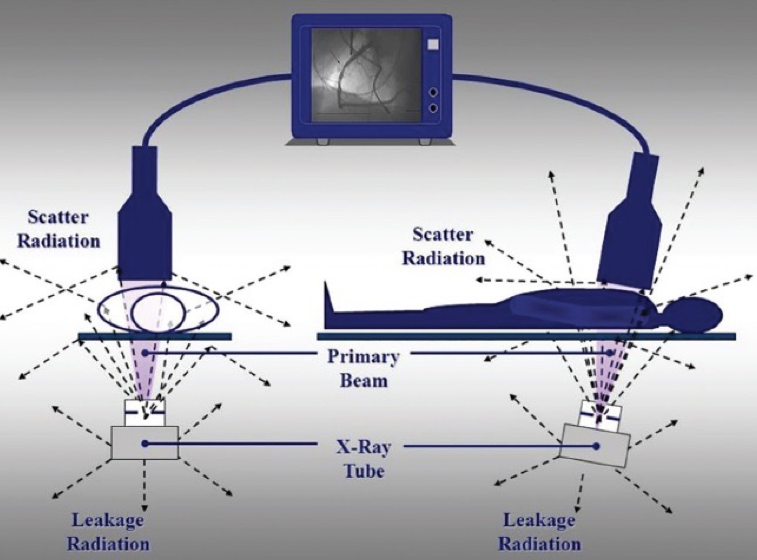
Every year roughly 40 nuclear engineering students register for the much anticipated NUEN 479 — an innovative, real-world capstone experience for undergraduates completing a radiological health minor.
“The course has an entrepreneurial focus,” said Dr. John Ford, associate professor in the Department of Nuclear Engineering at Texas A&M University. “Students collaborate in teams to find a problem in the nuclear industry and use the knowledge they’ve gained in the last four years to form companies and design solutions. This experiential learning experience helps them take that leap from college to industry.”
Students work in campus nuclear laboratories, classrooms and the new SuSu and Mark A. Fischer '72 Engineering Design Center in the Zachry Engineering Education Complex to create their prototypes.
The Illumination Group

Erin Allen, Brendan D'Souza and Kiana Dunaway
The Illumination Group was founded after noticing a large turnover of lab technicians in hospitals working with radiation and radiation equipment. This turnover was due to the lack of confidence in working with radiation due to lackluster radiation safety education that was not standardized across hospitals and first responder groups. The lack of adequate radiation safety education could lead to high exposure and dose rates for personnel.
The Illumination Group would be the first private consulting firm to offer large corporations, hospitals, laboratories and first responders a radiation safety course that standardizes radiation education and practices across all levels of the workforce. Their proprietary course would cover radiation safety basics and information targeted toward a company's specific needs. Along with the courses provided, a proprietary mobile application would be included to give immediate access to radiation safety information and knowledge regarding certain situations and equipment. The application would use targeted questions based on profession and situation to lead the user to the correct, up-to-date information they need. By offering optimal radiation safety courses, the confidence of workers would increase, leading to safer practices and fewer radiation accidents.
The Federal Atomic Committee

Ryan Stolt, Christian Sanchez, Carlos Graybill and Mark Mengel
The Federal Atomic Committee aims to decrease the threat of nuclear terrorism by detecting highly enriched nuclear material into improvised nuclear devices or weaponized radiological material into radiological dispersal devices.
The committee’s solution is to place a detector on the bottom of traffic lights in order to detect cars that are radioactive and alert law enforcement. The detectors would be placed in rings around the city, from the outer core to the inner core to help law enforcement locate terrorists and take action.
Radyne

Andrew Smiley, Dinyar Kadkhodaian and Josen Chan
It’s difficult for medical professionals to accurately and consistently aim X-ray machines. Doctors also have trouble calibrating machines without overexposing patients. Radyne aims to create affordable practice phantoms for radiological health and veterinary training. These phantoms are realistic human and animal models that would replicate the same levels of radiation exposure and have an increased range of motion for positioning over current, nonstandardized models. They would be standardized, durable and resistant, providing a valuable extended lifetime use to the industry.
Shield a Doc

Sydney Land, Kay Yee, Liat Even and Nathan Caldwell
Currently surgeons are at risk of being over exposed to radiation and possibly developing brain cancer during fluoroscopic operation procedures. Fluoroscopy is the study of moving body structures using a continuous X-ray beam that is passed through the body part being examined. The beam is transmitted to a TV-like monitor so that the body part and its motion can be seen in detail. Lead caps are currently worn by doctors to shield radiation and protect their brains, but the caps are heavy and unsafe.
The Shield a Doc solution would eliminate the weight and lead danger presented by lead caps. They will have a more flexible design and adjustable drawstring, and their product would be offered in several sizes, fabrics and lead equivalency thicknesses. The new material would be a thin, lightweight alternative combination of tin, tungsten and alimony, meaning it would be lead and latex free, while still ensuring adequate X-ray protection. Their tagline is “Radiation protection done right and light.”